Further to my post of March 2015, which detailed my quest to find and grow a Moreton Bay fig, the following provides an update since planting. I am pleased to be able to say that all 4 figs are still alive and kicking, although there have been some nervous moments.
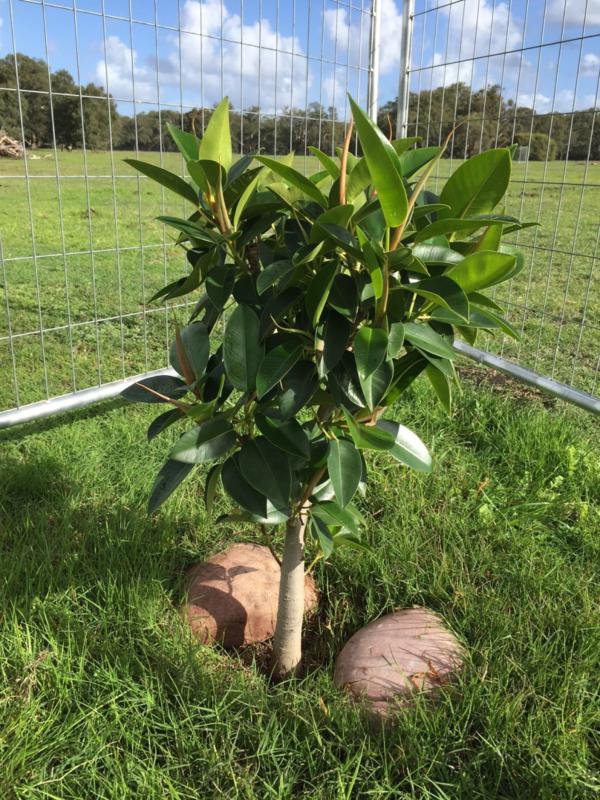
Number 1 fig – the intention of the stones is to provide some winter warmth and some moisture retention in summer
Frost
Apart from a general lack of rainfall, the first big issue we faced was frost. The first, and worst, frost occurred in early July 2015 after a period of reasonably mild weather and some rain. We had attempted to provide frost protection with frost cloth but our efforts were a bit hurried and not entirely successful. For the record, our first attempt at using frost cloth revealed the following:
You always need more than you think you will (particularly when the hardware store is not close by);
Yes, the cattle will try to eat frost cloth; and
It is particularly difficult to use frost cloth when you have left it until the last minute, are tired and it is very cold and windy.
Whilst all the figs survived the first frost and although we were better prepared for subsequent frosts, the damage had already been done. Luckily the majority of damage was limited to burnt, dead leaves and pretty sad looking plants. The 2 that are in better soil took the frost on the chin better than the others. The other 2 suffered some damage to the main stems which resulted in the affected parts of the stems dying.
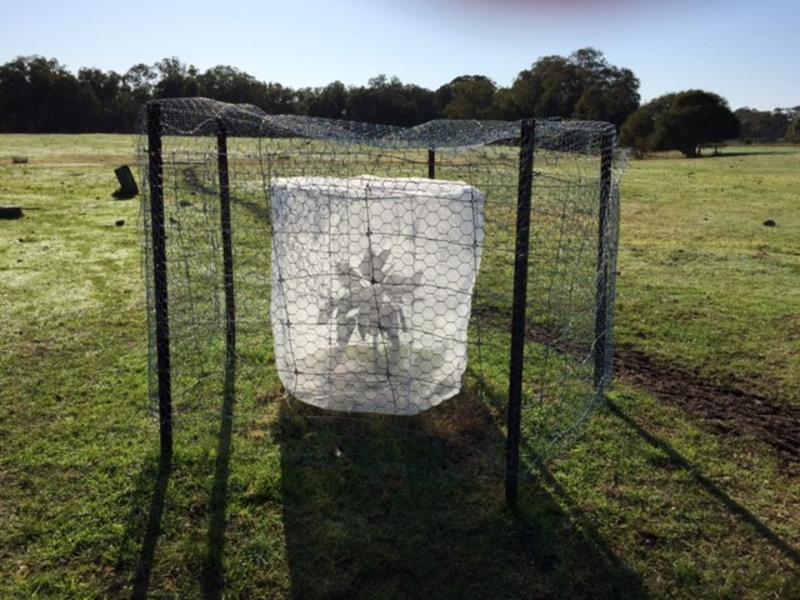
Protection from frost and cows
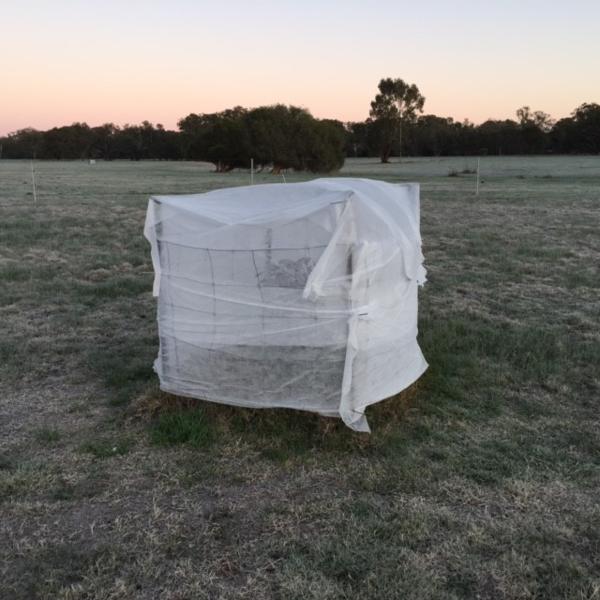
A cold morning
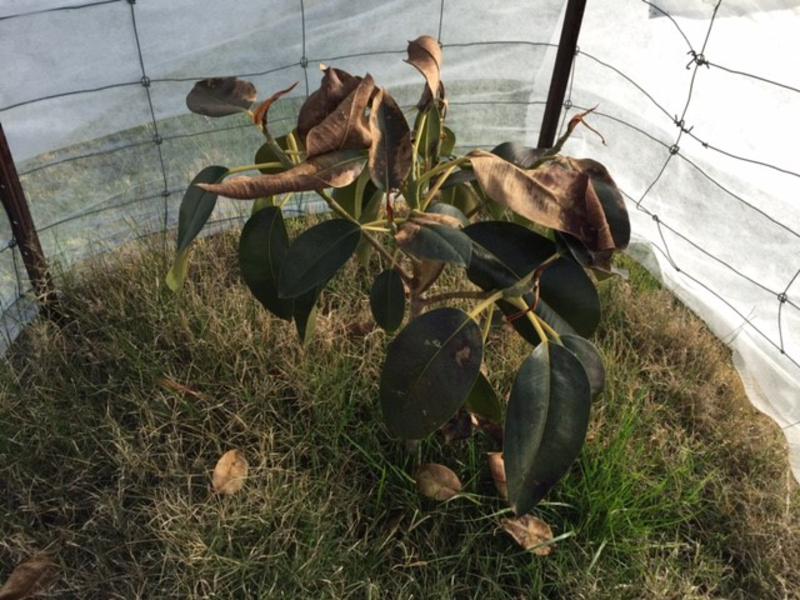
Post frost damage
Safely beyond frost season we uncovered the figs to fully determine the outcome of winter and were pleased to find varying degrees of new growth on all – a relief. Spring was uneventful with pretty slow growth. Unfortunately the rain dried up very early on in summer and we resumed hand watering. Despite this, one of the figs (the one in the sandiest soil but still on river flats), was going backwards fast and we decided to pot it up and take it back to Perth to see if we could save it.
Soil Problem?
When I repotted this plant I used a combination of the soil from around the root ball and a good quality general purpose potting mix. When I watered the (large) pot after repotting, the water would not drain at all. The water just sat there and flatly refused to drain so I pulled the whole thing apart, removed most of the ‘soil’ from around the root ball, used potting mix to repot (no drainage issue now) and crossed my fingers.
This plant has since responded by dying right back to its base and then sending out a bunch of shoots which are now growing strongly. At some stage this plant will go back to the property but I think it is a little early yet. As for the issue with the soil, I’m not quite sure what was wrong but some further investigation is needed here.
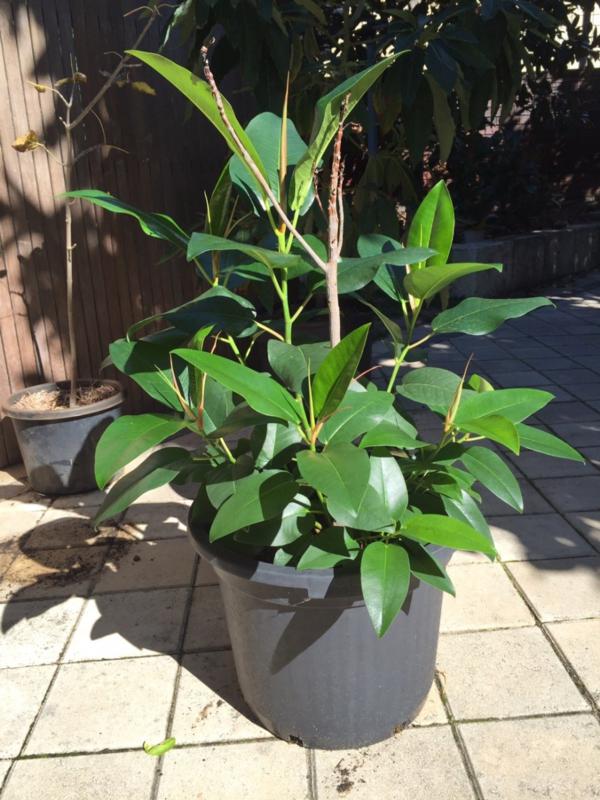
Number 4 fig on R&R in Perth
Ongoing Plant Protection
The other 3 figs look to be doing well (varying degrees). The ‘runt of the litter’ is of course now the strongest looking plant with a good, thick trunk and lovely glossy dark green leaves. To protect the figs from cows and kangaroos into the future, we have bought some temporary fencing panels which should provide adequate protection for a few years to come – I’d like to think that they will outgrow them in 2 years but that might be a little optimistic!
These temporary fencing panels (2.4m x 2.1m) provide great protection to the plants but as they were secured using brackets and bolts, I was concerned that access to the plants for weeding & maintenance would be difficult unless I remembered to carry a spanner (unlikely). However, a clever friend suggested replacing the bolts with wingnuts and this has proven to be both possible (you can buy the right size wingnut) and effective.
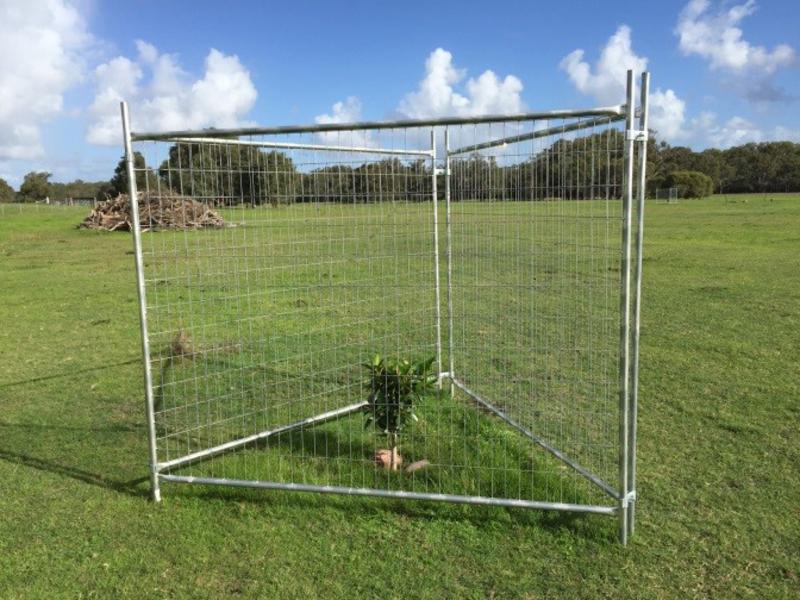
Temporary fencing panels for protection from cows and kangaroos
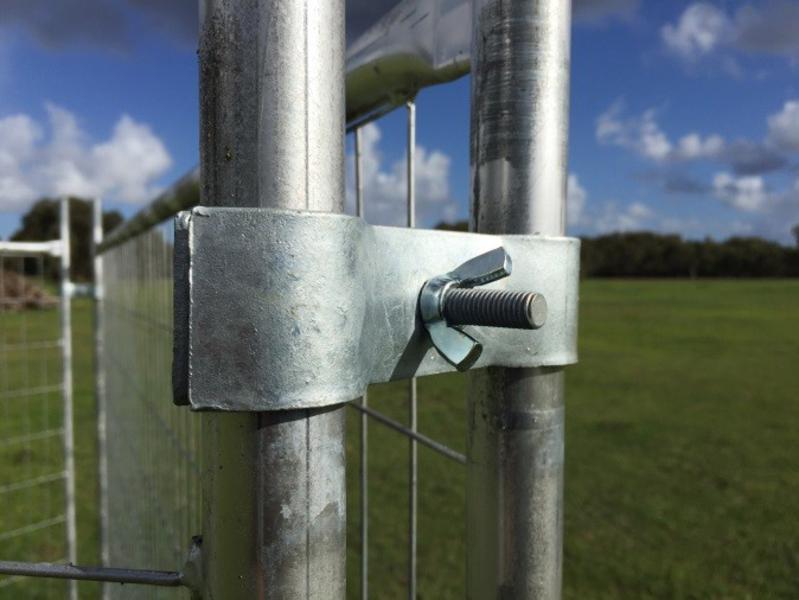
Replaced bolts with wingnuts for easier access
Frost Protection this Year
The past few mornings have been a bit chilly at the property and it is getting around to that time again. Whilst we will be using frost cloth again, we will be using it in combination with hessian. We are in quite a windy location and found that the hessian stood up to our conditions a bit better than the frost cloth. So the plan is to use heavy gauge chicken wire cages with hessian on the sides and frost cloth over the tops of the cages to let more light in. Hopefully this method will prove to be effective.
Assuming no frost damage, and given the recent rainfalls and the appearance of the figs now, I think Spring could be very interesting – we’ll just have to wait and see.
